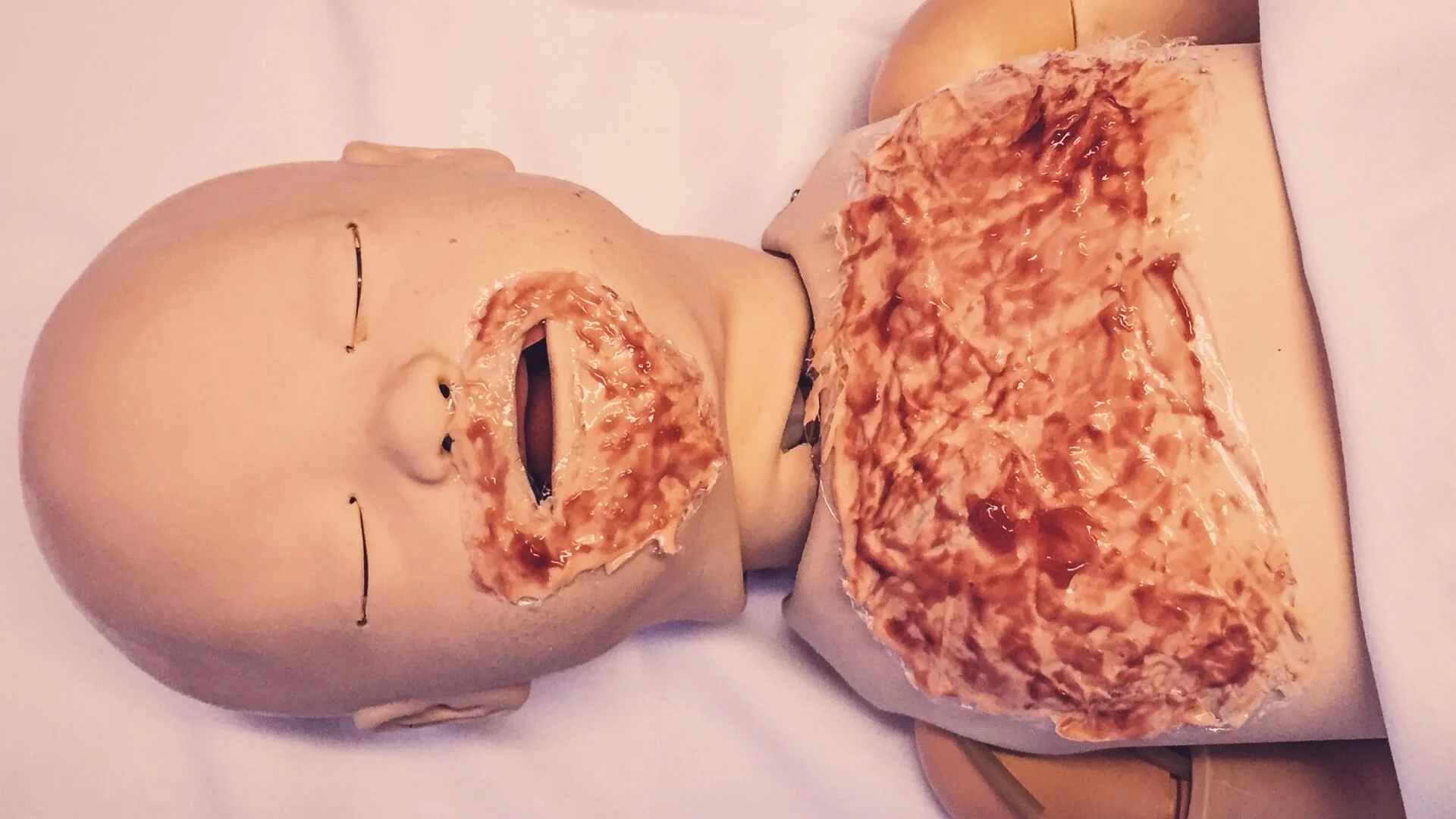#SimBlog: Intoxicated Teenager
““14-year-old Ella is brought in by paramedics in the early hours of the morning. She was found on the pavement where she had collapsed after drinking vodka with friends...””
Observations
A – Vomit in mouth
B – RR 12. sats 85% in air
C – HR 70, BP 110/60, CRT 3 seconds
D – GCS 10 (E2 M4 V4)
E – Temp 34°C, cold peripheries
Clinical Findings
Airway compromise: lying flat on her back and vomiting
Strong smell of ethanol
Pupils equal and reactive
Why We Simulated?
It is not uncommon for a drunk teenager to be brought to the ED following an episode of binge drinking. These individuals can be very high risk patients, due to a variety of factors:
Intoxication and its effect on the patient's ability to maintain a patent airway. The combination of a depressed neurological status with a tendency to vomit can be a dangerous combination. Simple airway manoeuvres and suctioning can often prevent aspiration. Consider nursing them in the recovery position.
Assessing whether you are dealing with 'just alcohol'. Often teenagers are brought in by paramedics alone with little to go on in terms of alcohol volume consumed, other drugs taken or past medical history. Without careful detective work, the hypoglycaemic type 1 diabetic or head injury can be missed. For these reasons it is important to perform a full top to toe examination and perform a venous blood gas to identify any potential clues.
Possibly the most difficult stage is the assessment of whether the patient is safe to go home and if so what follow up they require. Here it is essential that ED team members have the skills to communicate well with adolescents and their families as well as an awareness of the available community drug and alcohol services.
Further Reading:
- Cornerstone Website: Drug and Alcohol Services for Young People in Leicester City
- Public Health England: Young people's hospital alcohol pathways – support pack for A&E departments
- Great Ormond Street Hospital: HEADSS Assessment Tool: A Psychological Interview Tool for Adolescents
Learning Outcomes
Assess for potential airway compromise from low GCS/vomiting early, and reassess regularly.
Always keep an open mind when considering the cause of a low GCS – look for clues!
Take the time to familiarise yourself with the equipment available in Resus.
Positive Feedback
Clear communication between team members.
Rapid identification of airway issue and management.
Thorough top-to-toe assessment.








